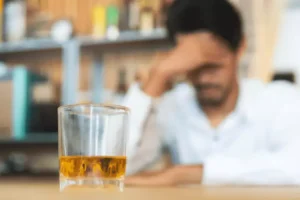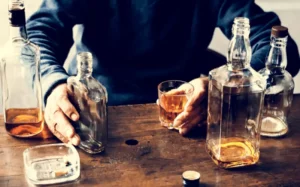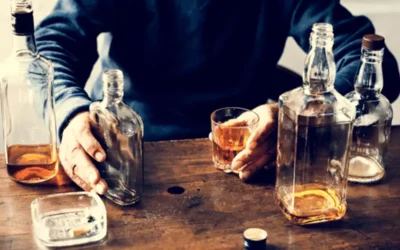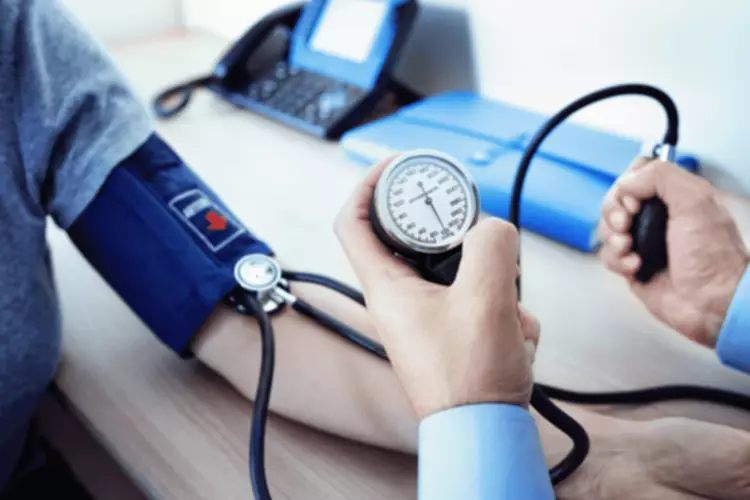Study confirms guideline interventions are critical in reducing opioid dispensing

Two groups of synthetic drugs — synthetic cannabinoids and substituted or synthetic cathinones — are illegal in most states. The effects of these drugs can be dangerous and unpredictable, as there is no quality control and some ingredients may not be known. Heroin can be smoked or snorted, but the drug is more typically injected into a vein in order to achieve the quickest high.
- That’s why knowing when to help a person seek treatment for opioid misuse (and find alternative pain management methods) is important.
- To help identify whether someone is battling a painkiller abuse problem, there are several physical and behavioral warning signs to watch out for.
- While a majority of people legally obtain a prescription from their doctor, others may borrow or steal pills from family members or friends.
- This program is ideal for educating patients and their families, school faculty and staff, behavioral and mental health professionals, and more.
General Health
The withdrawal effects can even prevent some people with addiction from entering recovery or seeking the help they need and deserve. According to the National Academies of Science, Engineering and Medicine, people undergoing long-term recovery with buprenorphine or methadone reduced their risk of death by 50%. Many healthcare professionals and organizations encourage people to carry intranasal naloxone, especially if they live with or are frequently around someone who uses opioids. It’s also recommended that households with a person with opioid addiction keep a supply of Narcan (naloxone).
Drug addiction (substance use disorder)

Misuse can include taking more than your prescribed dose or taking it more often, using it to get high, or taking someone else’s opioids. A slow taper off the drugs may help avoid or lessen the effects of withdrawal. Your healthcare provider can help you determine if this is right for you and how best to implement it. When you stop using opioids, you will experience a period of withdrawal. You will likely have symptoms such as nausea and vomiting, abdominal pain, chills and fever, fatigue, and depression or anxiety.
References and abstracts from MEDLINE/PubMed (National Library of Medicine)
- Treatment options such as medications, therapy, and rehabilitation are available for those who are looking to quit.
- Instead, the use of NSAIDs alone increased by 1.4% , and the combination of NSAIDs with paracetamol rose by 7.1%.
- Note that physical dependence alone does not necessarily mean an addiction or unhealthy use.
- Baltimore is a favorable jurisdiction for plaintiffs for a host of reasons, Minkin said, including its political, economic and racial makeup.
- Department examinations are critical to uncovering parity issues as consumers may not be aware if they are experiencing disparate treatment when seeking care.
If you are going to have a medical procedure, you should have a conversation with your physician beforehand about pain control. Taking an opioid regularly increases the risk of becoming addicted. The time it takes to become physically dependent varies from person to person, but it is usually a couple of weeks.
How opioid use disorder occurs
Visit our website terms of use and permissions pages at for further information. Alabama is trying something new with money from legal settlements over the opioid epidemic. They’re sending stipends to families where children are being raised by their grandparents. Alabama will use settlement money from opioid-related lawsuits to help grandparents who are raising their grandchildren because the parents died or are still struggling with addiction.

Everyone plays an important role in breaking the grip that opioids have on communities and their residents. Explore some of the resources mentioned in this article to find out what may be best for you or the person you care about. We transform lives through bold discovery, compassionate care and innovative education. It may take several tries to get an individual to get help, however.
Your healthcare team can help you gradually and safely reduce the amount of opioids signs of opioid addiction you take. Opioid use disorder is a complex mental health and brain condition. These changes make it hard to stop taking opioids, even if you want to. If you or a loved one has opioid use disorder, talk to a healthcare provider as soon as possible. Approximately 3% to 19% of people who take prescription opioid medications develop OUD. People misusing opioids may try to switch from prescription drugs to heroin when it’s easier to get.
Support for Me and My Family

For others, particularly with opioids, drug addiction begins when they take prescribed medicines or receive them from others who have prescriptions. The strength of heroin is unpredictable because other drugs, such as fentanyl, are sometimes added to increase volume or enhance potency. Heroin is one of the substances most frequently reported by medical examiners in drug abuse deaths. Help prevent opioid misuse in your family and community by storing opioid medicines securely while you use them.
What are the signs of opioid use disorder?
More recently, an opioid known as Isotonitazene—commonly referred to as “iso”—has been linked to an increase in opioid overdose-related deaths. A synthetic opioid more powerful than fentanyl, iso is actually legal across most of the United States. Like other «designer drugs,» iso has been developed to differ chemically from its outlawed version while still producing similar effects on the brain.